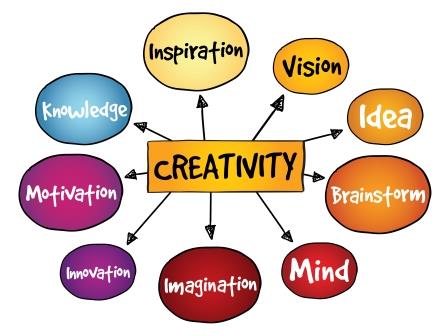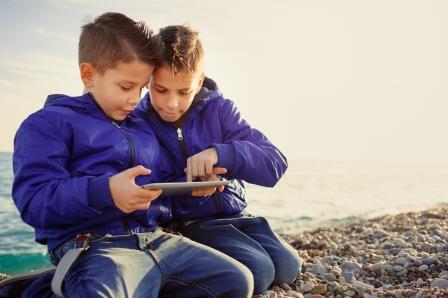
Engage your students in STEM education using “A Look at Lifestyles” from PLT’s PreK-8 Environmental Education Activity Guide, to investigate the natural resources necessary to make the items we use each day. In this activity, students investigate an item or product essential to their lives. They will create a model based on their research of its production, the natural resources or raw materials used to make it, and what their life would be like without it.
Getting Started: Have students think about and list physical objects, items, or other products they use or interact with every day. Then, ask them to identify which items are essential and which are luxury. Once they identify one or two items that they absolutely need to survive. Ask:
- What natural resources are required to produce this “essential item”?
- How would you feel and what would you do if you did not have this item in your life?
Essential Question: – What part(s) of your chosen item come from natural resources and impact society? (Next Generation Science Standards: MS-PS1-3)
Task: Students will create a model that connects their knowledge about extracting and consuming natural resources to produce the item(s) they have identified as essential for survival (Next Generation Science Standards: MS-PS1-3).
STEM Strategies
Science
Using videos and electronic publications, students will gather information and investigate how the items they identified as essential are made.
Have students gather information about the history and manufacturing process of their essential item. They can search video resources like How It’s Made or How Stuff Works to view production in action. Students can also read articles that describe these processes.
While researching their essential items, it is important for students to capture (in writing) words and phrases associated with the production of it. For example, if they select bathroom tissue as an essential item, they should record words such as pulpwood, cellulose, recycled paper, chlorine, ozone, 2-ply, soft, absorbent, roll, hygiene, etc. These words will later be used to construct a mind map model.

Technology
Using one of many online mind mapping tools, students will create a mind map of their essential item. A mind map is a visual representation of information associated with a single concept. Example: Using bathroom tissue as a “central concept,” place the words “bathroom tissue” or an image of this essential item in the center of your workspace. All associated words, images, and phrases collected when researching this item, can be placed around the central concept. Connect all associated words, images, and phrases to the central concept using lines, arrows, and text boxes/bubbles in a logical manner.
Engineering
Using information gathered during the “Science” and “Technology” steps of this activity, challenge students to design a new product to replace their essential item. See if they can do so without using the same raw materials in their new design. For example, if trees were no longer available as the raw material for making bathroom tissue, what alternative raw materials could be used?
Math
Using a cost/benefit analysis, ask students to compare the value of their essential item to that of their newly designed item. Emphasize that both social and environmental costs should be included in these analyses. Remind students to use their mind map for guidance if they get stuck. To support students in this task, watch the TED Talk called “Put a value on nature!” by Pavan Sukhdev.
Additional Resources
Don’t have PLT’s PreK-8 Environmental Education Activity Guide?
- Purchase a print guide or e-book, available from PLT.org, Amazon and other places where books are sold.
- Get it through your PLT State Coordinator along with hands-on professional development, alignments to state standards and other state-specific supporting resources.
Don’t consider yourself a formal teacher?
- Check out PLT’s Reuse and Recycle At Home family activity. We have 40+ activities for families that can be easily used by parents, grandparents, youth group leaders, nature centers, and other nonformal programs.



